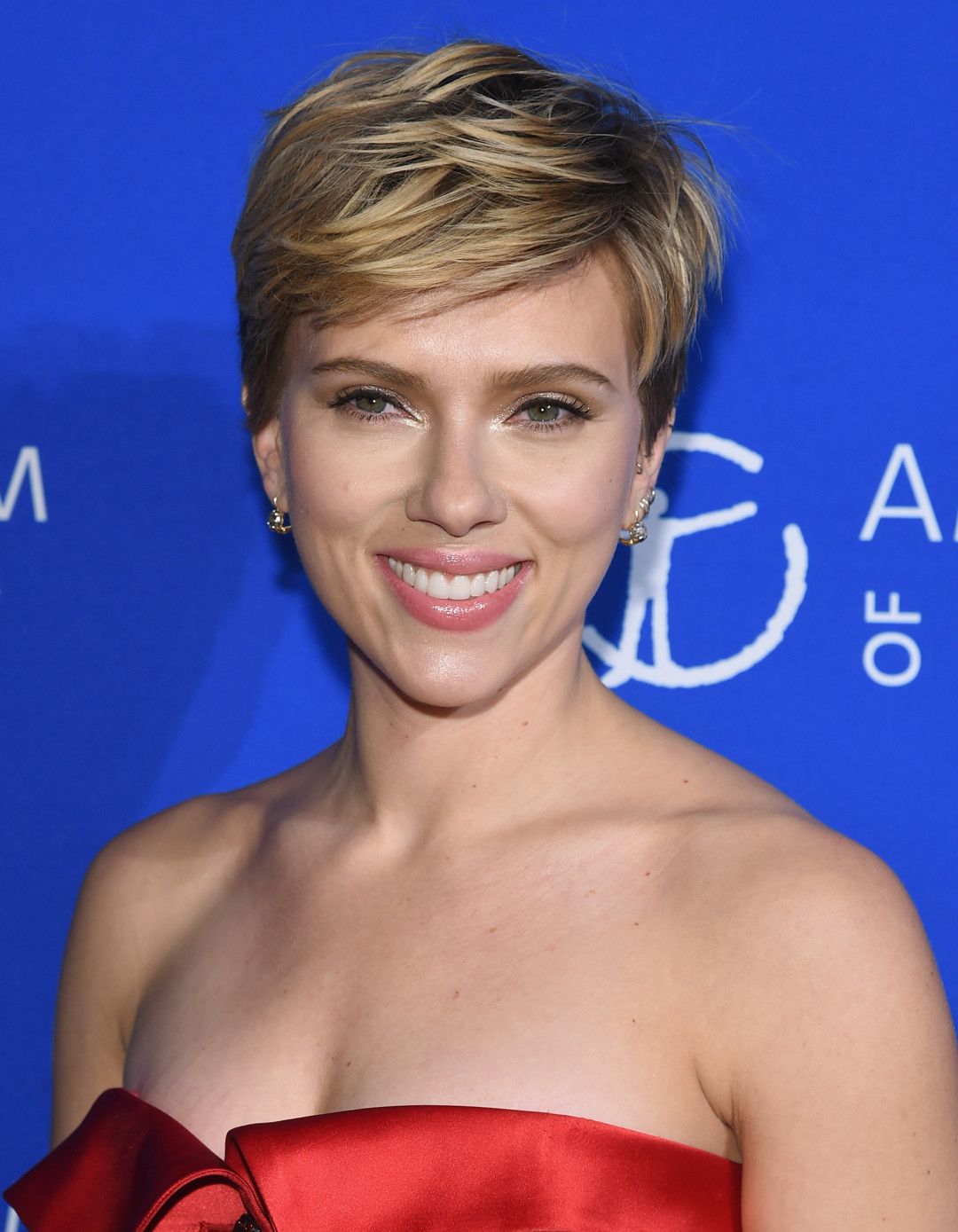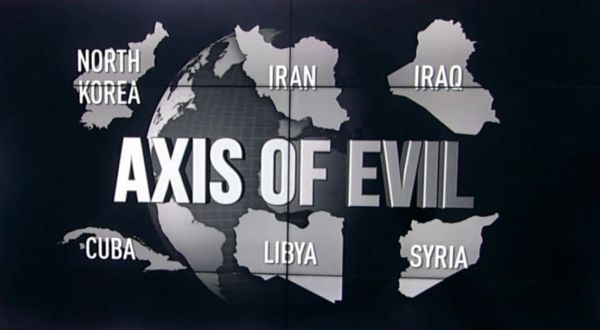
For nearly a century, Disney has been synonymous with enchanting narratives, groundbreaking animation, and the kind of pervasive pop culture influence that shapes childhoods across generations. From the whimsical adventures of Mickey Mouse to the timeless tales of princesses and heroes, the studio’s output has become an integral part of our collective consciousness, creating a global empire built on magic and storytelling.
Yet, beneath this glossy, meticulously crafted facade of joy and innovation lies a complex history, one filled with creative risks, strategic shifts, and not a few missteps. For every beloved classic that graces our screens, there are countless stories of projects that never made it out of development, sequels that were scrapped, or even fully realized films that Disney has since elected to keep hidden from public view. These unreleased or intentionally suppressed works offer a fascinating, sometimes uncomfortable, glimpse into the corporate machinery and evolving cultural sensibilities of one of the world’s most iconic entertainment giants.
In this in-depth exploration, we delve into the shadowy corners of Disney’s animation history to uncover a selection of these intriguing cases. We’ll explore why certain animated films and projects, despite varying stages of development or even completion, have remained unreleased or inaccessible. From internal reorganizations to creative disputes, and from evolving societal standards to corporate acquisitions, the reasons behind their absence are as diverse as the films themselves, revealing a side of Disney rarely seen by the casual viewer.

1. Winnie the Pooh Disney Learning Adventures
Disney’s beloved Winnie the Pooh franchise has consistently delivered heartwarming stories and gentle lessons for decades, and for a time, there were plans to expand this educational footprint even further. The studio originally envisioned and even planned for additional installments in the Winnie the Pooh Learning Adventures series, titles such as “Winnie the Pooh: Good Day Good Night” and “Winnie the Pooh: Time to Rhyme.” These were not just fleeting ideas but had progressed to the point where trailers for them could be found on several Disney DVDs, and later, on platforms like YouTube, giving audiences a glimpse of what was intended.
However, the grand plans for these educational Pooh escapades were ultimately derailed. The primary reason cited for their cancellation was a significant reorganization within DisneyToon Studios. Such corporate restructuring often leads to shifts in strategic priorities, budget reallocations, and a re-evaluation of projects in the pipeline, regardless of how far along they might be. It’s a stark reminder that even the most cherished characters aren’t immune to the internal machinery of a large studio.
The scrapping of these titles means that a planned expansion of Pooh’s learning adventures never materialized, leaving behind only tantalizing glimpses in old trailers. While these weren’t feature films in the traditional sense, their cancellation highlights how executive decisions and studio overhauls can quietly extinguish projects that seemingly had a clear path to market, denying young audiences further enriching content with familiar characters.
This decision underscores the often-unseen fragility of animated projects, where even a reorganization can have profound effects on creative output. The existence of trailers for these unreleased adventures serves as a poignant reminder of Disney’s vast archive of ‘what ifs,’ where perfectly viable concepts can be abandoned due to shifts in corporate structure rather than creative failure.

2. Fraidy Cat
Another fascinating animated project that never saw the light of day was “Fraidy Cat,” a proposed feature film that promised a thrilling, and perhaps surprisingly dark, narrative for Disney. This concept was set to chronicle the adventures of a perpetually frightened cat, a character who had already exhausted three of his proverbial nine lives, finding himself ensnared in a complex, Hitchcock-esque plot. The blend of classic animation sensibilities with a touch of suspense and noir intrigue would have been a novel direction for the studio.
The project initially originated with Piet Kroon, an animator known for his distinctive style. It later found itself in the hands of two of Disney’s most celebrated creative talents: Ron Clements and John Musker, the duo behind beloved films such as “The Little Mermaid” and “Aladdin.” Their involvement suggests that the project had significant creative backing and was considered to have considerable potential, elevating its profile within the studio’s development slate.
However, despite the promising premise and the involvement of such high-caliber directors, “Fraidy Cat” ultimately failed to secure a definitive green light. The obstacle came in the form of David Stainton, who was then-president of Walt Disney Feature Animation. Stainton’s refusal to approve the project proved to be the final barrier, sealing its fate as another unproduced Disney animation.
This instance provides a clear example of how individual executive decisions can halt even well-developed and creatively supported projects. The vision of a studio head can often be the ultimate arbiter of a film’s destiny, irrespective of the talent attached or the inherent narrative appeal. “Fraidy Cat” represents a tantalizing peek into a darker, more suspenseful animated direction that Disney considered but ultimately shied away from, leaving fans to wonder what a ‘Hitchcock-esque’ Disney film from Clements and Musker might have looked like.

3. Winnie the Pooh Untitled Film
The gentle world of Winnie the Pooh, while seemingly straightforward, has been the subject of numerous creative explorations within Disney, some of which never quite made it to the screen. Beyond the learning adventures that were scrapped, there was also a proposed untitled Winnie the Pooh feature film, a concept that remained firmly in the early stages of development. Screenwriter Robert Reece, known for his contributions to various animated projects, penned a treatment for this particular film.
Reece’s treatment was designed to center on a dilemma faced by one of Pooh’s cherished friends, promising a narrative that would delve into the emotional complexities and comforting dynamics of the Hundred Acre Wood inhabitants. While the details of this specific dilemma are not provided, it implies a story that would explore themes common to the Pooh universe: friendship, problem-solving, and the unique bonds that tie the characters together, all while retaining its signature innocent charm.
Despite the existence of a written treatment, this untitled Winnie the Pooh film never progressed further. It was never pitched to the executives who held the power to green-light its production. This scenario is a common, if often unseen, aspect of the creative industry: a wealth of ideas and developed concepts that, for myriad reasons, never even make it to the formal presentation stage. Without a pitch, the project simply existed as a potential path not taken.
The reasons for a project never being pitched can be numerous. It might stem from the writer himself deciding it wasn’t strong enough, or perhaps a change in studio priorities meant it wouldn’t receive a receptive audience. In the competitive world of animation development, even a beloved franchise like Winnie the Pooh requires a compelling vision and strategic alignment to move forward. This untitled film serves as a quiet reminder of the many creative sparks that ignite but never fully catch fire within the vast machinery of Disney’s storytelling enterprise.
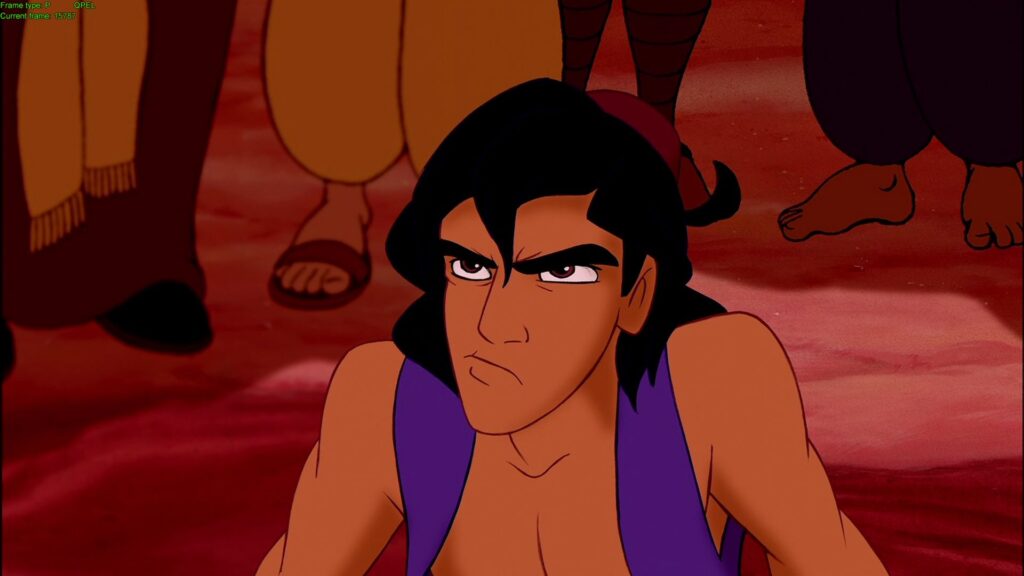
4. Aladdin 4
The tale of Aladdin, Jasmine, and the Genie captivated audiences globally, leading to a hugely successful animated film that spawned sequels and a popular television series. Given its immense popularity, it’s not surprising that Disney explored further cinematic adventures for the street rat turned prince. Indeed, in 2005, screenwriter Robert Reece, whose name also surfaces in connection with the unpitched Pooh film, took the initiative to pitch a fourth Aladdin feature to Disneytoon executives.
A fourth installment in the Aladdin saga would have faced the challenge of maintaining creative freshness while staying true to the beloved characters and world. Often, with long-running animated franchises, the creative team grapples with finding new dilemmas and expanding the universe without feeling forced or repetitive. The success of “Aladdin and the King of Thieves” might have set a high bar, making a subsequent direct-to-video sequel a more difficult proposition to justify.
However, despite Reece’s efforts to bring new life to the vibrant world of Agrabah, this proposed “Aladdin 4” never came to fruition. The context does not offer explicit reasons for its ultimate demise, but we can infer several possibilities inherent in the animation industry at the time. Disneytoon Studios, the target for Reece’s pitch, often handled direct-to-video sequels, and its strategic direction might have been shifting, or the concept itself might not have resonated strongly enough with the executives.
The shelving of “Aladdin 4” speaks to the delicate balance between capitalizing on a successful franchise and knowing when to conclude a story. Studios are constantly weighing potential returns against creative viability and audience saturation. This unmade sequel highlights how even highly successful properties have limits to their expansion, and how internal decisions, often unseen by the public, determine which stories get to continue and which remain intriguing footnotes in animation history.
The first section peeled back the curtain on some fascinating animated projects that, for various reasons, never quite made it past Disney’s internal creative hurdles or corporate shifts. It’s a testament to the sheer volume of ideas constantly flowing through the studio, and the often-unseen fragility of even promising concepts. But the story of unreleased Disney animation isn’t just about internal re-orgs or unpitched treatments. It also involves a captivating chapter where strategic studio decisions collided with the ambition of creating sequels to some of Pixar’s biggest hits, leading to a series of fascinating “what-if” scenarios before ultimately culminating in the permanent suppression of a true Disney classic due to enduring cultural controversies.
This next segment dives into four more compelling cases, revealing the complex interplay of corporate acquisitions, creative sovereignty, and evolving societal standards that have shaped Disney’s animated legacy. These stories shed light on how even the most beloved franchises can become entangled in studio politics, and how the passage of time can render certain films, once celebrated, virtually unmentionable.
Read more about: Beyond the Script: 15 Iconic Movie Moments Where Spontaneity Forged Cinematic Legends
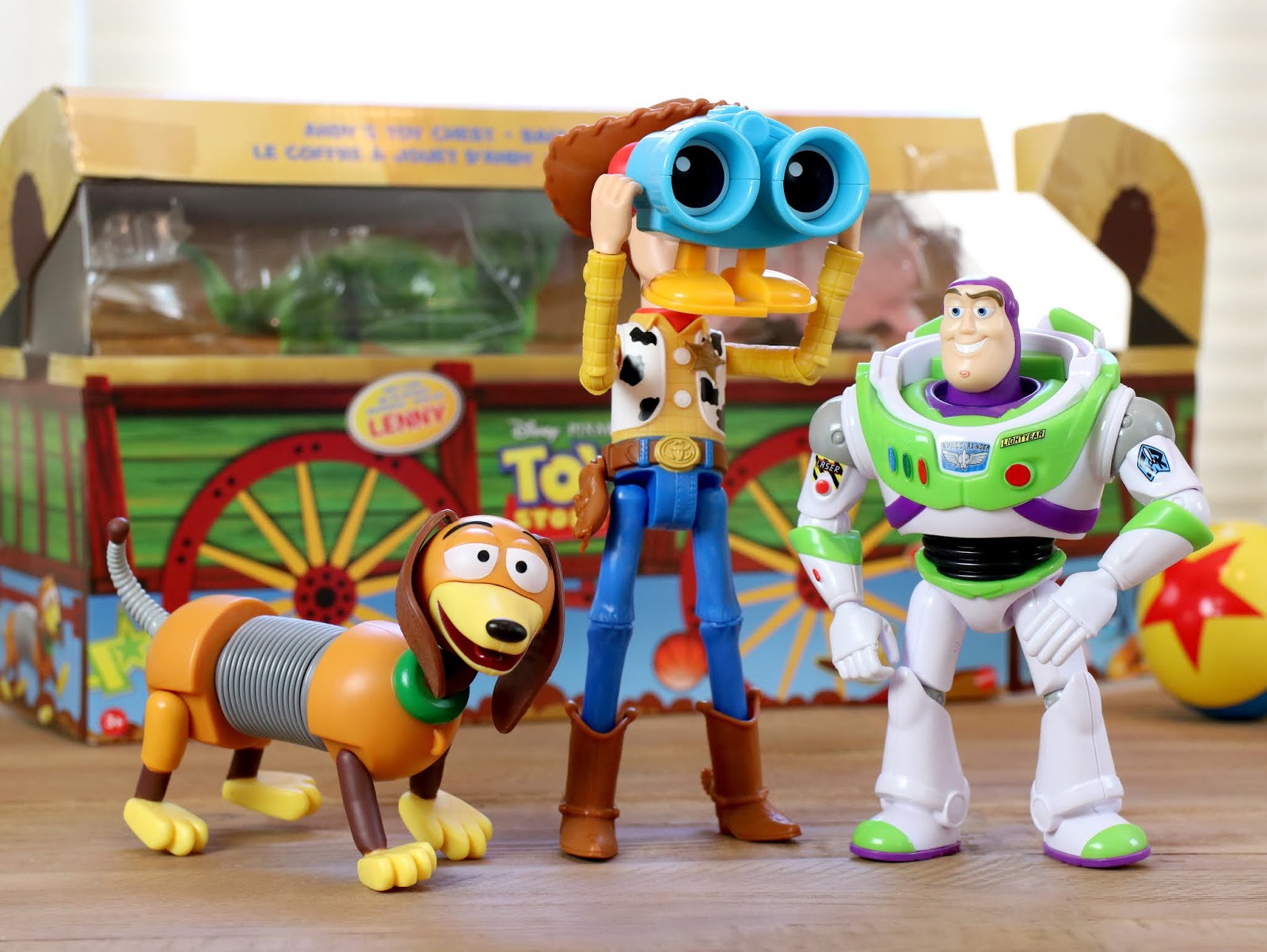
5. Toy Story 3 (Circle Seven Animation Version)
Before Pixar delivered its emotionally resonant masterpiece “Toy Story 3” in 2010, there existed a radically different vision for the beloved plastic heroes, conceived by Disney’s now-defunct Circle Seven Animation. This alternative narrative, developed during a period of strained relations between Disney and Pixar, offers a tantalizing glimpse into a different future for Woody, Buzz, and the gang – a future that was ultimately erased from existence by a landmark corporate acquisition. The original premise was both inventive and deeply rooted in the characters’ core anxieties.
This version of “Toy Story 3” was slated to center on a frightening predicament for Buzz Lightyear. The story would have seen Andy’s mother shipping a malfunctioning Buzz to Taiwan, the perceived land of his origin, with the other toys believing he would be fixed there. The dramatic turn arrived when they discovered the company has issued a massive recall. Driven by an unwavering fear of Buzz’s destruction, a determined group of Andy’s loyal toys—Woody, Rex, Slinky, Mr. Potato Head, Hamm, Jessie, and Bullseye—would then embark on a perilous venture to rescue their friend.
Adding another layer of intrigue, this Circle Seven iteration also envisioned Buzz meeting other recalled toys from around the world during his ordeal, a diverse assembly that notably included several Transformers toys. This creative choice hints at an expansive universe and cross-brand potential that Pixar’s eventual sequel largely sidestepped. It painted a picture of a global toy community, highlighting the universal experience of being a plaything, and the unique anxieties that come with it.
However, this ambitious project was abruptly halted following Disney’s pivotal acquisition of Pixar in 2006. With Pixar back in the fold, and creative control firmly re-established, Circle Seven Animation was promptly shut down, and their version of “Toy Story 3” was cancelled. While Pixar’s subsequent film earned universal acclaim and immense box office success, the ghost of Circle Seven’s alternative “Toy Story 3” remains a fascinating ‘what if,’ a testament to the shifting power dynamics and creative clashes that once defined the relationship between two animation giants. It underscores how corporate strategy, far more than creative viability, often determines which stories get told.

6. Monsters, Inc. 2: Lost in Scaradise
The success of “Monsters, Inc.” left audiences clamoring for more adventures with the endearing duo, Sulley and Mike, and a sequel was indeed on the cards, albeit from an unexpected corner of the Disney empire. In 2005, screenwriters Bob Hilgenberg and Rob Muir, working under the Circle Seven Animation banner during the Disney-Pixar rift, penned a film treatment for “Monsters, Inc. 2: Lost in Scaradise.” This project was another casualty of the corporate landscape, promising a narrative that, in hindsight, offered a rather different direction than the prequel Pixar would eventually deliver.
The proposed plot for “Lost in Scaradise” would have seen Mike and Sulley venture back into the human world, their mission to deliver a birthday present to their beloved human friend, Boo. However, their heartwarming plan would quickly unravel when they discovered that Boo had moved, leaving them stranded and disoriented in a world they were not meant to inhabit for long. This setup offered fertile ground for both comedic antics and moments of genuine emotional reflection, exploring the bond between the monsters and their human charge.
The predicament escalated when, trapped in the human world, Mike and Sulley found themselves at loggerheads, splitting up after a disagreement on what to proceed. This internal conflict would have added a layer of dramatic tension, forcing the two best friends to navigate both a foreign environment and their strained relationship. It’s a narrative arc that could have explored themes of friendship, trust, and overcoming adversity in a truly unique way, moving beyond their professional monster duties.
Yet, like its Circle Seven Animation counterpart, this sequel was also cancelled following the eventual shutdown of the studio. The corporate reshuffling that brought Pixar fully back into the Disney fold meant that projects developed independently of Pixar’s creative vision, especially sequels to their properties, were deemed redundant. While Pixar later chose to revisit the “Monsters, Inc.” universe with the prequel “Monsters University” in 2013, the story of Mike and Sulley lost in “Scaradise” remains a compelling example of an unfulfilled animated adventure, a reminder of the artistic pathways that were explored but ultimately abandoned.
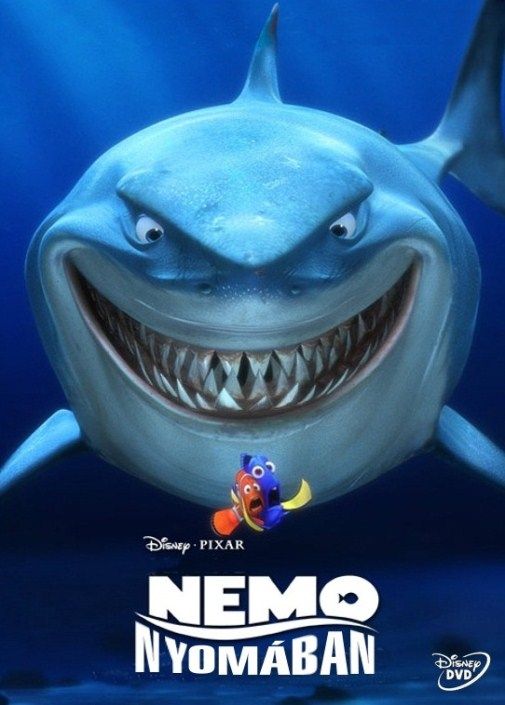
7. Finding Nemo 2 (Circle Seven Animation Version)
The underwater world of “Finding Nemo” captured hearts worldwide, and a sequel seemed an almost inevitable tide. In 2005, while Pixar was operating under its own distinct umbrella, Disney independently pursued a follow-up through Circle Seven Animation. This audacious move to create a sequel without Pixar’s direct involvement was a bold statement of intent, born from the complex contractual relationships and creative tensions of the time. While this version of “Finding Nemo 2” never went into full production, its script, intriguingly, resurfaced years later on the official Raindance Film Festival website in 2018, offering an unvarnished look at the direction it intended to swim.
The proposed storyline diverged significantly from the sequel Pixar would eventually release, introducing a new and compelling emotional core. It would have focused on Nemo reuniting with Remy, his long lost brother, a narrative twist that would undoubtedly have added layers of emotional depth to the familiar father-son dynamic. This familial reunion would have been the catalyst for a new adventure, building on the established themes of family, loss, and the challenges of finding one’s way in a vast ocean.
The plot thickened when Marlin, Nemo’s ever-anxious father, found himself in peril, captured and sent to an aquarium. This reversal of fortunes would have set the stage for a daring rescue mission, with Nemo, his newly discovered brother Remy, and the ever-forgetful Dory embarking on a perilous journey to save him. The potential for dramatic tension, heartwarming family moments, and vibrant underwater spectacle was immense, promising a worthy continuation of the original’s legacy.
However, much like the other ambitious projects from Circle Seven Animation, “Finding Nemo 2” met its fate with Disney’s acquisition of Pixar in 2006. The subsequent shutdown of Circle Seven meant an immediate cancellation of all their Pixar-related sequel projects. It was a clear signal that Pixar’s creative autonomy over its flagship properties was being restored. Ultimately, Pixar would release its own critically acclaimed sequel, “Finding Dory,” in 2016, but the unearthed script of Circle Seven’s “Finding Nemo 2” offers a fascinating parallel universe, a testament to the dramatic shifts in studio alliances and the many stories that almost were.
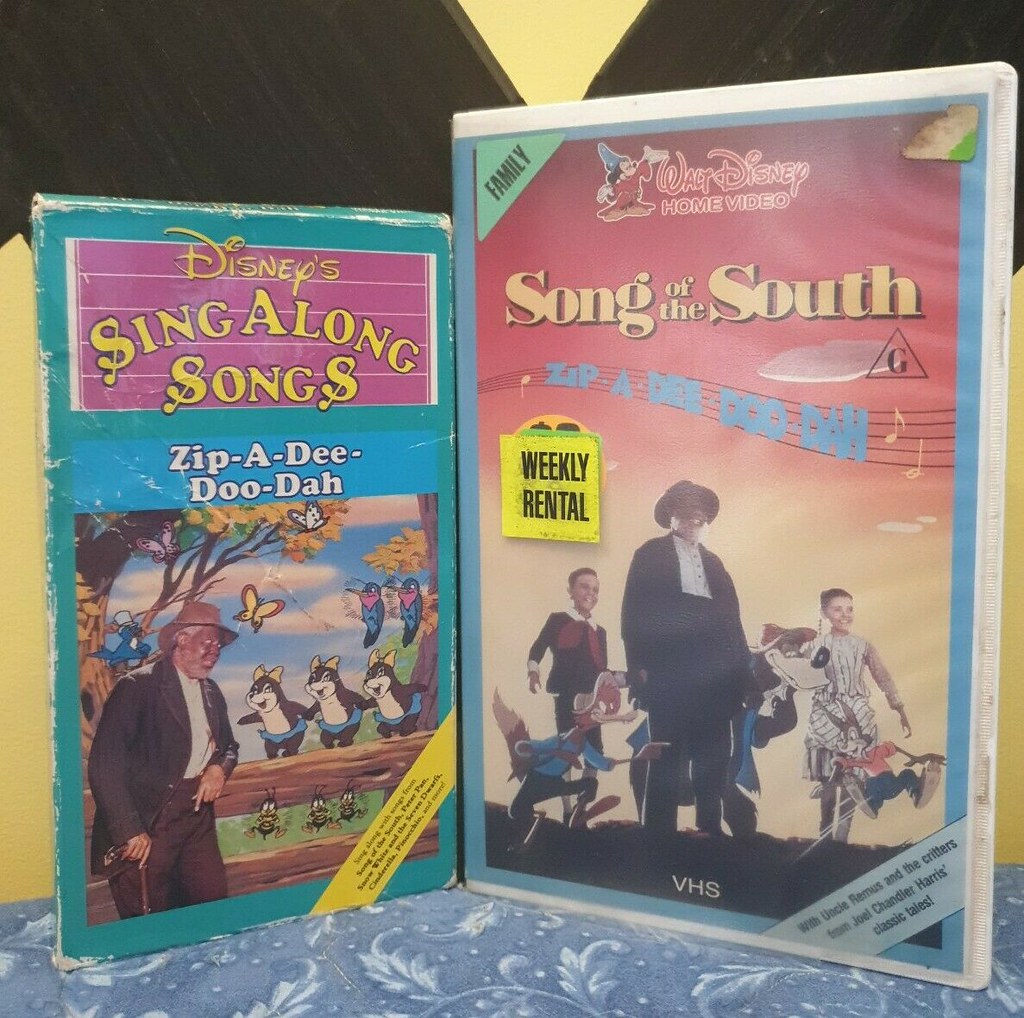
8. Song of the South
Shifting gears entirely from scrapped projects to a film that was, controversially, released but then effectively erased, we confront “Song of the South.” This 1946 live-action/animated hybrid holds a uniquely uncomfortable place in Disney’s history, acknowledged by the studio primarily through its absence. It stands as “easily the most notorious movie the studio ever made,” a film so steeped in controversy that Disney has “long hoped might be forgotten by the public,” going so far as to mostly “try to pretend the movie doesn’t exist.”
The film’s racism has been “well documented” almost from its release, sparking fervent criticism for “offering up a stereotypical view of plantation life in the late 19th century American South.” This idealized, often sanitized portrayal of post-Civil War Black-white relations, coupled with caricatured Black characters, garnered immediate ire and has only continued to “earn the ire of fans across the globe” in the decades since. It’s a stark example of how historical context and evolving societal standards can fundamentally alter a film’s reception and legacy, transforming it from a celebrated release to a cultural pariah.
As a direct consequence of its deeply problematic content, “Song of the South” is notably absent from Disney’s streaming service, Disney+, and has “never been released on home media” in its entirety. This quiet but firm suppression speaks volumes about the company’s efforts to distance itself from a project that simply cannot be reconciled with modern values. The enduring popularity of its most famous song, “Zip-a-Dee-Doo-Dah,” remains an ironic footnote, a cheerful melody disconnected from its controversial origins for many contemporary listeners.
The cultural reckoning over racism that intensified in 2020, particularly in the wake of the Black Lives Matter protests, brought renewed scrutiny to Disney’s connection with “Song of the South.” This led to significant action regarding one of the most visible remnants of the film: the Splash Mountain ride at their theme parks. Fans, rightly, suggested a “complete revamp” of the attraction, which prominently featured characters from “Song of the South.” The “powers-that-be agreed,” and the ride ” subsequently closed to get a facelift.” Its replacement, “Tiana’s Bayou Adventure,” themed around Disney’s 2009 film “The Princess and the Frog,” is a clear and powerful statement, signaling a conscious effort to replace problematic narratives with more inclusive and celebrated stories. This ongoing effort illustrates Disney’s complex journey to reconcile its past with its progressive aspirations, acknowledging that some stories are simply better left unshown.
Read more about: Beyond the Veil of ‘Most’: The Linguistic Twist Viewers Are Calling the Most ‘Disturbing’ Ever
The journey through Disney’s hidden archives and suppressed classics reveals a studio far more complex than its polished public image suggests. From projects quietly shelved due to corporate restructuring and creative disagreements to films actively withdrawn due to their deeply problematic content, these untold stories and unreleased visions offer invaluable insights. They underscore the dynamic nature of animation production, the significant impact of executive decisions, and the ever-evolving cultural landscape that continually redefines what is acceptable, celebrated, or even acknowledged. Ultimately, these cases are not just footnotes in history; they are powerful reminders that even the most magical of studios operates within the very real, often challenging, currents of business, art, and societal conscience, forever shaping the tales that are, and are not, told.

